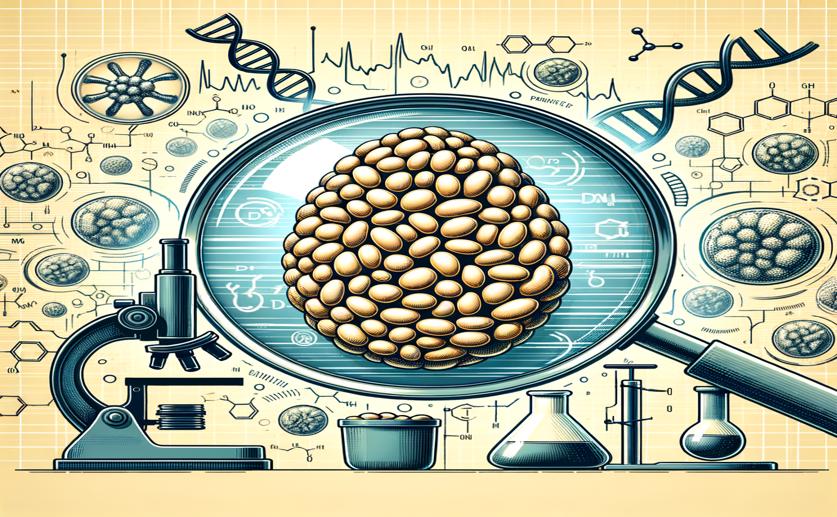
Decoding the DNA Blueprint of a Protein-Rich Soybean Variety
Jim Crocker
6th March, 2024

Image Source: Natural Science News, 2024
Key Findings
- In China, a high-protein soybean variety, HJ117, now has a detailed genetic blueprint
- The HJ117 genome assembly is highly accurate, capturing nearly all essential soybean genes
- This genetic map will help breed better soybeans with improved quality and resilience
References
Main Study
1) De novo genome assembly of a high-protein soybean variety HJ117.
Published 4th March, 2024
https://doi.org/10.1186/s12863-024-01213-1
Related Studies
2) Progress in soybean functional genomics over the past decade.
3) Pan-Genome of Wild and Cultivated Soybeans.
4) Using genomic information to improve soybean adaptability to climate change.
5) Impacts of genomic research on soybean improvement in East Asia.



 5th March, 2024 | Greg Howard
5th March, 2024 | Greg Howard